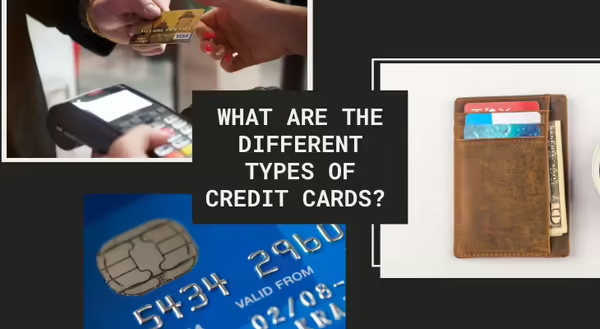
Nowadays, financial institutions offer all kinds of credit cards that have different features. It is important to understand each type of credit card to determine the type of credit card that best suits your needs. There are five major categories of credit cards: balance transfer, low-interest, rewards, secured, and specialty.
A balance transfer credit card allows you to transfer a high-interest credit card debt to a new credit card with a lower interest rate. Depending on the bank or company, the interest rate can reach as low as 0% and can typically last up to a year. If you’re often carrying a large credit card balance, this might be a good option to have. However, if the new credit card has a balance transfer fee and annual fee, balance transfers can get expensive.
A low-interest credit card provides either a low, fixed annual percentage rate (APR) or a low introductory APR that jumps to a higher rate at a later date. The low-interest credit card is beneficial for making a large purchase that requires several months to pay off or for people who carry a long-term credit card debt.
A rewards credit card incentivizes consumers to make purchases to earn rewards. Rewards can include cashback, reward points, rebates, and airline mileage. By using the rewards credit card, you can use the cashback to reduce the credit card balance, redeem reward points to earn a free stay at a hotel, or use the airline mileage to obtain a lower-priced or free airline ticket.
A secured credit card is for individuals with no credit or bad credit or for people who want to start establishing credits. Applying for a secured credit card requires collateral upfront and the value of the collateral is usually equal to or greater than the credit limit. A secured credit card enables you to build or rebuild your credit history and eventually move on to use a traditional credit card.
A specialty credit card is tailored to meet the unique demands of a specific group of consumers, such as business professionals and college students. Business and student credit cards have the same features as traditional credit cards as well as additional benefits exclusively designed for these users. For instance, the student credit card does not require a credit history for college students to apply because most college students generally don’t have a credit history.
For more detailed information, you can visit websites like Credit.com or Bankrate.com to browse and compare various types of credit cards.
Written by Cuihua Lin, Financial Wellness for College Students Peer Educator, University of Illinois Extension, Spring 2018. Reviewed by Kathy Sweedler, University of Illinois Extension.